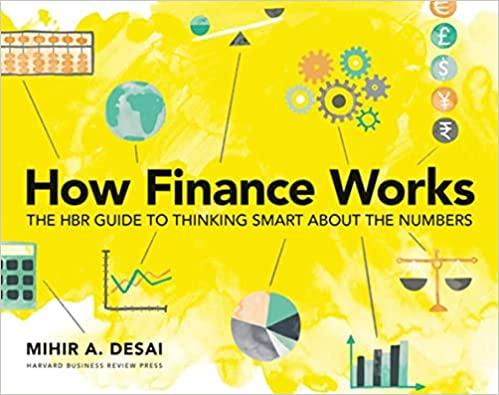Question
2. Suppose you can afford payments of $150 a month for a car loan. Most car loans are for 5 years; assume the APR is
2. Suppose you can afford payments of $150 a month for a car loan. Most car loans are for 5 years; assume the APR is 4 3/4%. Determine what price car you can afford (principal), your total payments over the term of the loan, and the amount of interest paid over the loan term.
3. a. You want to buy a new car. You can only afford monthly payments of $100. If you want to have your car paid off in 3 years, how much can you afford to borrow (principal) if you can find a loan that has an interest rate of 5 % compounded monthly?
b. What if you want to pay it off in 5 years?
c. What is the difference in the price of the car that you could buy?
d. What if you could afford $200 dollars a month for 3 years?
e. What if you could afford $200 dollars a month for 5 years?
f. What option would you choose and why?
4. You bought a car for $32,600. The dealer arranges a loan with an APR of 6.7% compounded monthly, and says you will only have to pay $385 per month. How long will it take to pay off the loan? (Round to the nearest tenth)
5. Suppose you have a credit card debt of $4000 with an annual interest rate of 24%. You decide to pay off your balance over a 3 year period.
a.) How much will you need to pay each month assuming you make no further purchases?
b.) How much interest have you paid?
c. Suppose you can afford monthly payments of$200. Write what you will put in the calculator.
d.) How long will it take you to pay off your credit card?
e.) How much total have you paid?
f.) How much interest have you paid?
6. Other Than Monthly Payments. Suppose you want to borrow $100,000 and you find a bank offering a 20-year term for a loan of that amount, with an APR of 6%.
a. Find your regular payments if you make them yearly, monthly, biweekly (every 2 weeks), or weekly, that is, for n = 1, 12, 26, 52.
b. Compute the total payment for each case in part (a).
c. Compare the total payments computed in part (b).
d. Discuss the pros and cons of the payment plans.


Step by Step Solution
There are 3 Steps involved in it
Step: 1

Get Instant Access to Expert-Tailored Solutions
See step-by-step solutions with expert insights and AI powered tools for academic success
Step: 2

Step: 3

Ace Your Homework with AI
Get the answers you need in no time with our AI-driven, step-by-step assistance
Get Started


